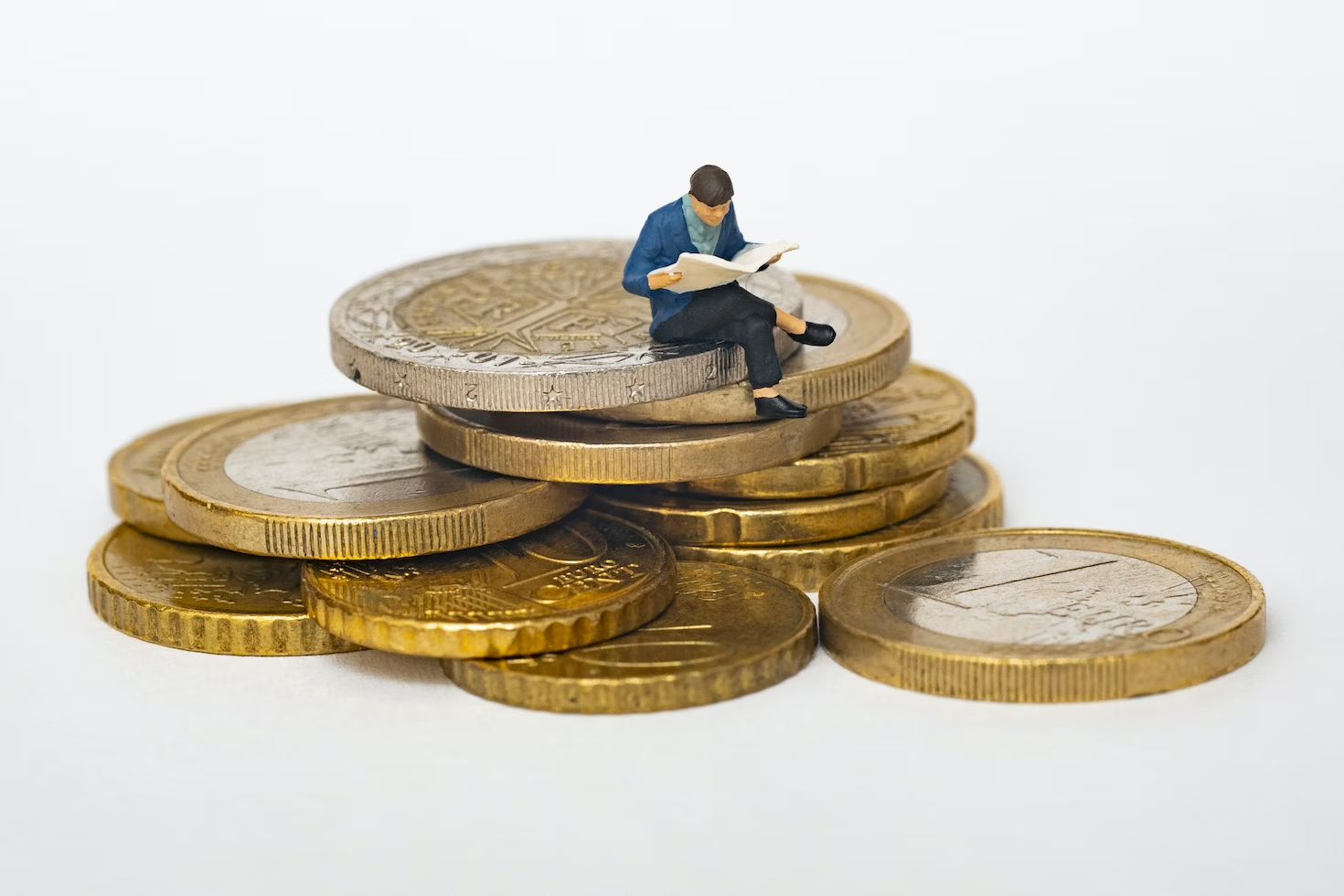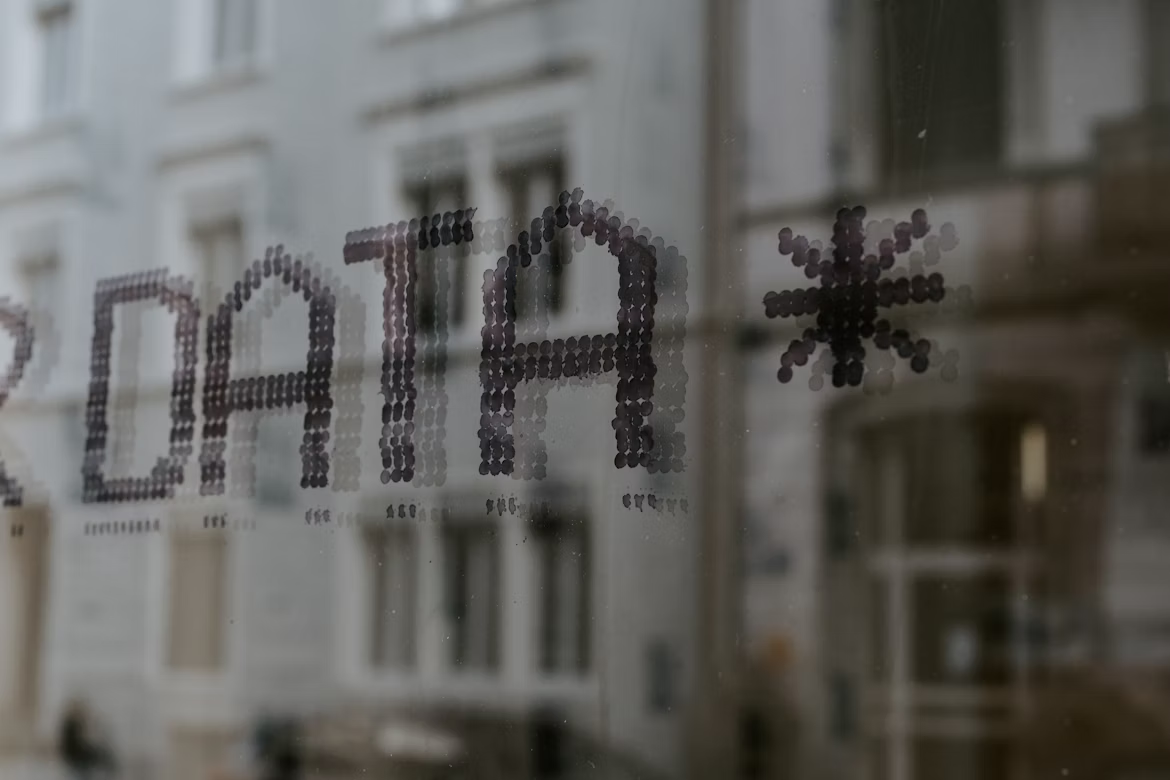Negocie mais de 1500 instrumentos.
Em qualquer lugar, a qualquer hora.
News / Draghi confirmed rate cut when inflation remains low
Draghi confirmed rate cut when inflation remains low
At a speech in Sintra, Draghi said the ECB could still cut rates, adjust its guidance, offer mitigating measures to counter the unwanted side effects of negative rates, and also had “considerable headroom” for more asset purchases.
“That is twice in less than two weeks he has warned about the risks to price stability but today we got the clearest hint that a rate cut and/or QE2 could happen,” said Kenneth Broux, a currency strategist at Societe Generale in London.
“Draghi’s words that the council will deliberate ‘in the coming weeks’ is implicitly a reference to the next council meeting in July or September.”
Against the dollar, the euro fell as much as 0.3 percent to a two-week low of $1.1182. It dived to a 1-1/2 week low versus the Swiss franc too
With benchmark euro zone interest rates already in negative territory and inflation expectations well below central bank forecasts, markets perceived Draghi’s comments as quite dovish.
Money markets are now pricing in one full rate cut of 10 basis points by the end of the year with core bond yields across the eurozone falling 5-10 basis points across the board.
Themos Fiotakis, head of FX and rates strategy at UBS, said the main risk from Draghi’s perspective is a stronger euro weighing further on inflation expectations.
“So whatever the Fed outcome tomorrow, the ECB does need to fend off the notion that there is a lot more space to ease in other economies,” Fiotakis said, referring to the Fed policy decision on Wednesday.
The euro’s weakness propped up the dollar against a basket of its rivals before a U.S. central bank meeting got underway with expectations growing the Fed will signal its first rate cut in a decade.
A CME Fedwatch tool puts the probability of a quarter-point interest rate cut by the Fed at 20%, with a 70% probability of a rate cut at its next meeting in July.
But with so much dovishness already priced into the markets and the dollar having weakened 1% over the past three weeks, some market analysts say the greenback may strengthen if the Fed signals a more neutral stance.
“The majority view among the Fed comments does not suggest any particular appetite for an immediate rate cut, say in June or July,” HSBC strategists said in a note. “The balance of risks favours being long the dollar, not least because positioning is likely a little lighter after the recent sell-off.”
Against a basket of its rivals, the dollar edged 0.2% up at 97.70, moving further away from a three-month low of 96.46 hit earlier this month.
Source: Reuters.com
Tem uma pergunta?
As nossas equipas de apoio ao cliente multilingues e dedicadas trabalham 24/5,fornecendo apoio a todas as suas necessidades de trading, ao mais alto nível possível.
Contacte-nos
Office Suite 1666
Level 16 (A), Main Office Tower
Financial Park Complex Labuan
Jalan Merdeka
87000 Labuan F.T, Malaysia
License and Regulation: Golden Brokers Ltd. is authorised and regulated by the Labuan Financial Services Authority (“LFSA”) with license number MB/19/0030. As such, Golden Brokers Ltd. is authorised to conduct business as Money Broker and carry out certain categories of financial investment business as permitted under the Labuan Financial Services and Securities Act 2010.
GOLDEN BROKERS LIMITED does not offer its services to the residents of certain jurisdictions such as: Afghanistan, Cuba, Crimea, Israel, Sudan, North Korea, Ethiopia, Iran, Bosna and Herzegovina, Iraq, Lao People's Democratic Republic, Syria, Uganda, Vanuatu, Malaysia, Yemen, EU, US, Russia.
Risk Warning: CFDs are complex instruments and come with a high risk of losing money rapidly due to leverage. You should consider whether you understand how CFDs work and whether you can afford to take the high risk of losing your money. Please read the full Risk Disclosure












